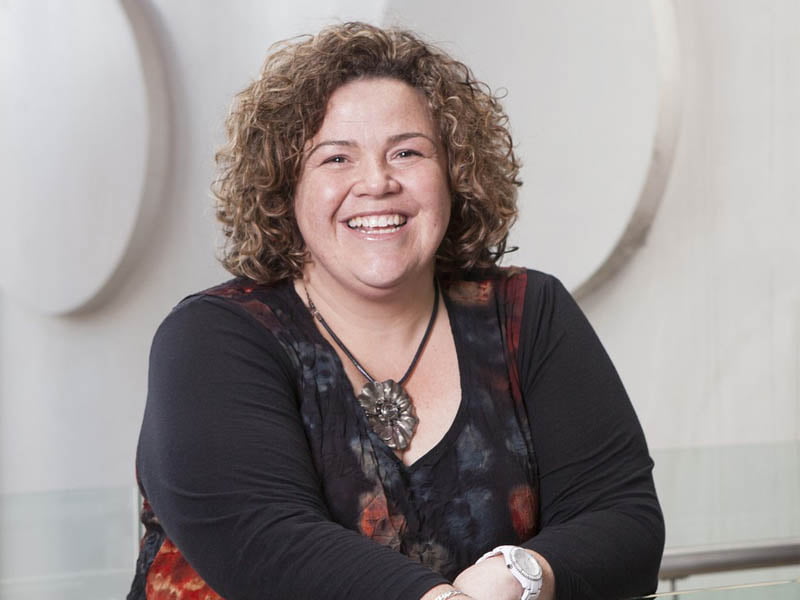Universities play a key role in Australia’s innovation ecosystem and in improving its commercialisation efforts, according to Swinburne Innovation Precinct director Professor Sally McArthur.
Virtually all Australian universities now have their own innovation departments and blueprints, with higher education providing unique opportunities to foster startup ideas, Ms McArthur said.
“We focus a lot on founders, and that’s really important but those founders need really great employees and partners. We will generate some of the founders but we will also generate the workforce,” Ms McArthur told InnovationAus.com.

“What we’re trying to do is really create agile. We keep talking about students needing to be agile over their career, and they may not move into a startup straightaway but they could come back to one with that experience.”
The convergence of different skillsets and approaches is also unrivalled at universities, she said.
“There are very few places outside of university that you get that diversity of capability. It’s the bringing together of different capabilities that actually matters. It exposes more people to more diversity of thought, ideas and capabilities,” Ms McArthur said.
Melbourne’s Swinburne University recently launched an Innovation Precinct, drawing on “extensive research and innovation capabilities of the whole university to support innovation and to work with internal and external partners to identify and solve social and business challenges”.
The push includes a $7 million redevelopment of the old Fire Station, a business accelerator program for students, staff and alumni and a new Innovation Minor for undergraduates.
While it may be later to the game than most other Australian universities, Ms McArthur said Swinburne’s program stands out because of its university-wide focus.
“We’re across the whole university and that makes us a bit different. What’s really exciting is that the investment and participation is across the whole university. There’s a diversity of ideas, diversity of approaches and diversity of knowledge,” she said.
“We’re breaking down barriers in faculties to run it. There are activities that enable students to do rapid demonstrations of ideas and learn how to do that really well, all the way through to building out their own startup idea and commercialising it.”
Effective and efficient commercialisation out of universities can only occur when cross-faculty collaboration happens, she said.
“The important stuff is done when a business student interacts with a designer, with an engineer, with a scientists, and they have a great idea. That better reflects a lot of workplaces as well.”
“There’s an ability to work with people who have a common goal, rather than a common skillset. While business grads have a certain set of skills, they don’t necessarily have the technical skills or the depth of understanding of technology,” Ms McArthur said.
The commercialisation of ideas and research into profitable tech firms has been a long-standing issue in Australia. A report released by the Department of Industry, Innovation and Science in 2015 found that while Australia’s research is exceptional, its ability to commercialise this is severely lacking.
A key element in overcoming this and improving the commercialisation output in the country are programs like Swinburne’s that have a cross-faculty approach, Ms McArthur said
“It’s all about research-led innovation – that’s our key differentiator. We’re trying to build an ecosystem around how to not just translate current research but also our research knowledge. We reach out to the community to find problems the industry is facing and then utilise our research know-how to solve those questions,” she said.
“It’s about recognising that the people that do the primary level research are often not the right people to recognise its opportunities or match it to an external partner. We’re trying to create that environment where we can draw together multidisciplinary teams to work in collaboration. To partner with, not work for.”
And university innovation precincts are far more than just a fad – they’re here to stay, she said.
“I believe that universities are uniquely equipped to power innovation and, in particular, innovation that is fuelled by research. It is not a temporary strategy – it is a way forward for translation and commercialisation of fundamental research.”
Do you know more? Contact James Riley via Email.

